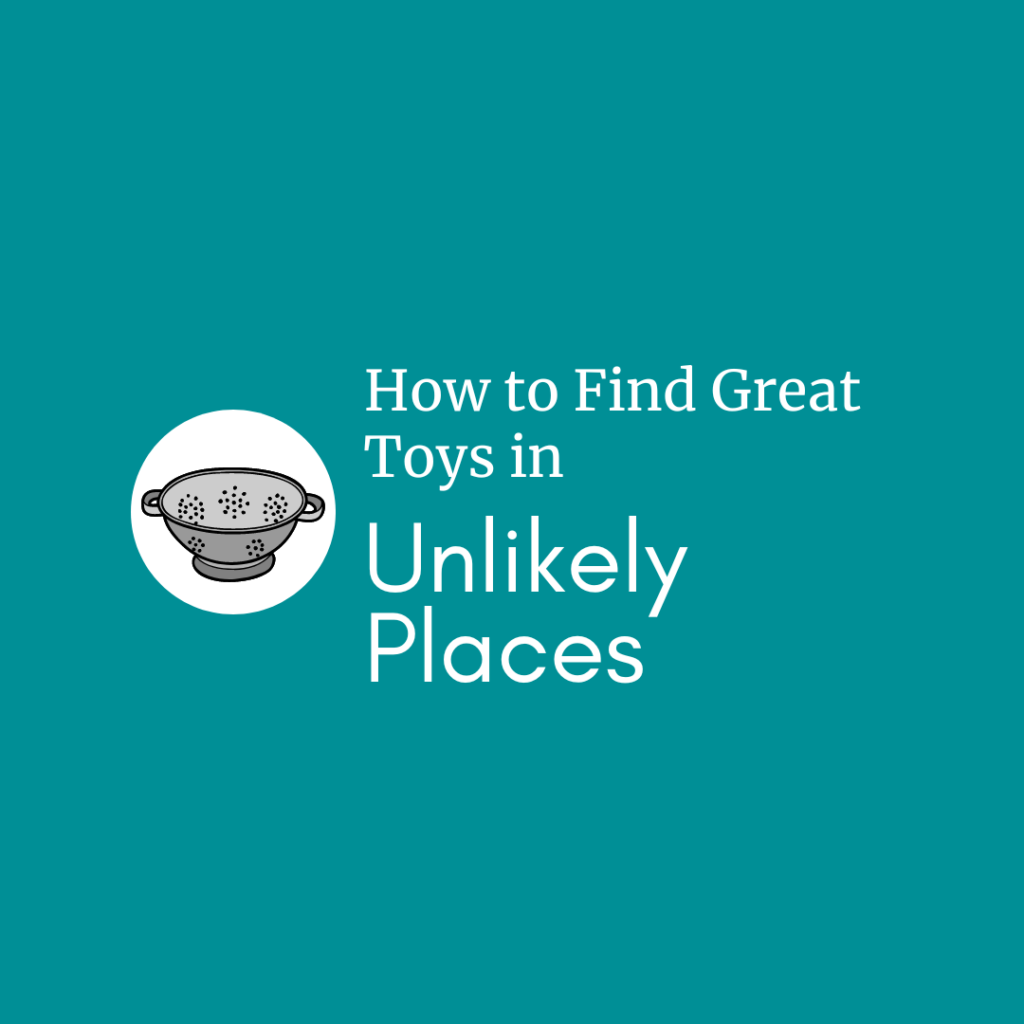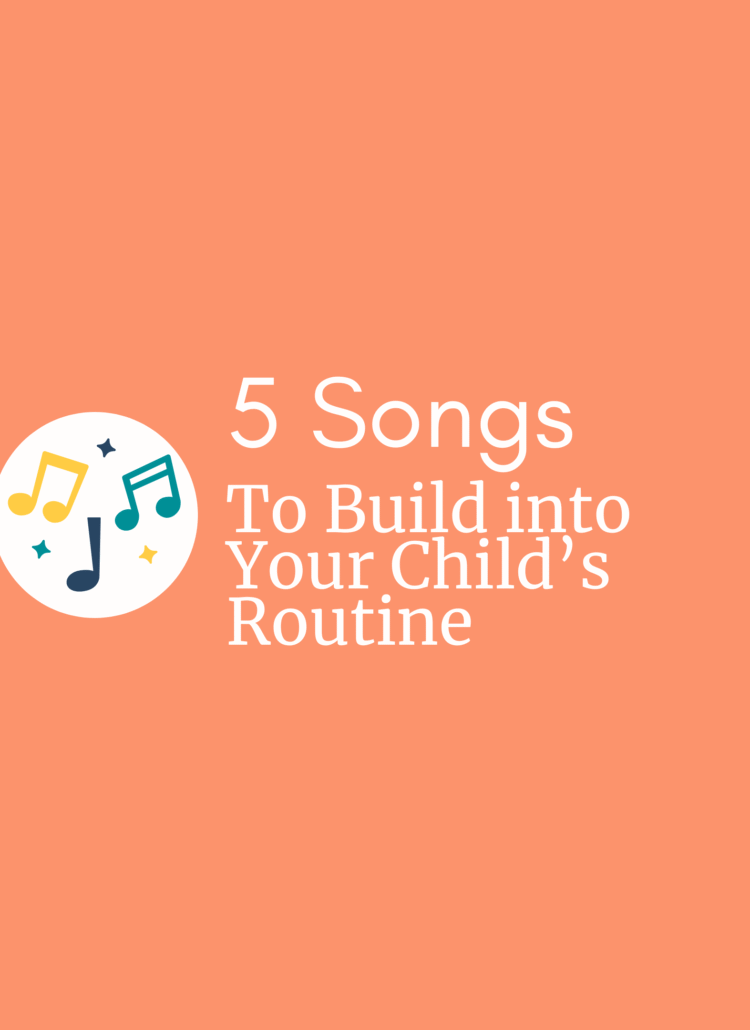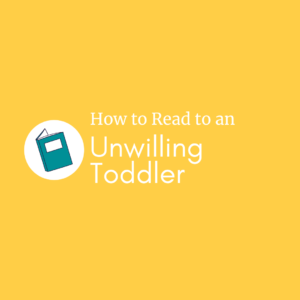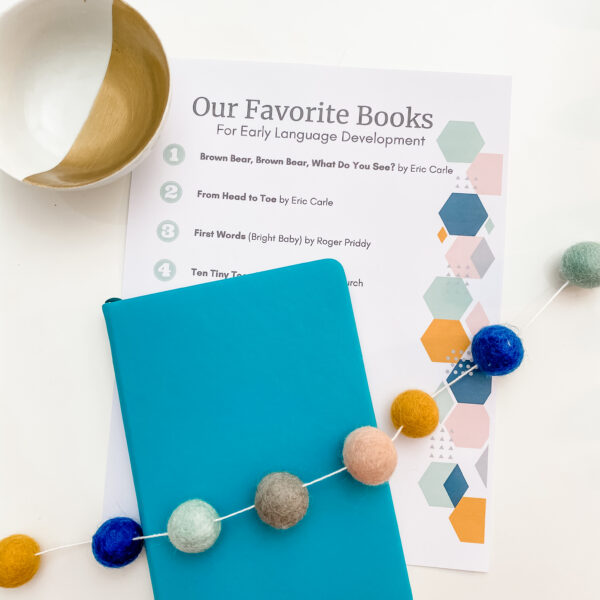
I recently spent the afternoon with two of my siblings and their kids at a local park.
It was the kind of park that has a splash pad, a jungle gym, and a big open grassy field.
The kids had a great time running in and out of the water at the splash pad and climbing and sliding on the jungle gym.
As they came to the shade to rest, their attention turned immediately to toys that are not toys.
One of my nephews spent a bit of time playing with cubes of ice.
He stacked them, watched them melt, and looked at their changing shadows in the hot, setting sun.
Another nephew took the empty, stiff-sided bag his dad used to transport their towels and snacks, put his arms through the handles, backpack-style, and crawled around on the ground, pretending to be a turtle.
Ice and an empty bag.
These items were not designed to be toys.
But they became toys for those two young boys at the park.
They are loose parts.
And here’s the best part . . .
You can find and curate great toys from loose parts from unlikely places.
Here’s how.
Why Gather Loose Parts?
When children are young, it is the time they learn the most and when their brains and minds are most open to new experiences (Gopnik et al., 1999).
We want all the places where young children spend time to be learning-rich environments.
Whether at home, at a day care center, or in a preschool classroom, these environments can be places rich with learning opportunities.
So, how do young children learn?
They learn heuristically.
That just means that they learn by exploring, experimenting, investigating, and problem solving.
And the best way for children to explore, experiment, investigate, and problem solve is with loose parts.
If we are intentional about collecting and presenting loose parts in thoughtful ways to young children, all their environments can become rich with learning.
Learning comes from interacting with real things in the child’s environment (Katz, 2015).
That is the heart of loose parts play!
A Mini-Guide for Finding and Gathering Loose Parts
Loose parts are all around us.
We only need to be curious, thoughtful, and intentional about sourcing and gathering collections of loose parts so they can be toys for young children.
Places
Here are some unlikely places to find great toys – loose parts!
Home
- Kitchen
- Craft box
- Garage
- Recycling bin
Nature
- Gardens
- Parks
- Beaches
Second-hand opportunities
- Charity shops
- Yard sales
- Nextdoor or Community Facebook Groups
Stores
- Hardware stores
- Hobby stores
Homes of other people
- Friends
- Family members
Let’s look at the details.
Home
Your own home is the best place to start to gather loose parts because they are things that you already have.
Anything that is not breakable, non-toxic, free of sharp edges, and safe for children to play with is fair game.
And bonus points if it is made from wood, metal, or another natural material!
ONE CRITICAL NOTE ON SAFETY: For children under the age of 3 or other children who are likely to put objects in their mouth, be sure that the items are large enough that they cannot be swallowed. A simple way to do this is to take an empty paper towel tube or empty toilet paper tube and put the object into the tube. If the object fits into the tube, it cannot be given to your child as a toy.
Kitchen
- Pots
- Wood spoons
- Metal mixing bowls
- Silicone rolling pins
- Muffin tins
- Measuring cups
- Collanders
- Funnels
- Mason jar rings
- Napkin rings
- Cloth napkins
- Silicone muffin cups
- Wax paper
- Aluminum foil
- Cookie cutters
Craft box
- Buttons
- Yarn
- Fabric scraps
- Beads
- Pipe cleaners
Garage
- Screws
- Nuts and bolts
- Washers
- Small pipes
- Wood scraps
Recycling bin
- Egg cartons
- Empty milk jugs
- Lids from screw top jars (like from olives, jam, etc.)
- Small scoops (like those in protein powder)
- Large scoops (like those in laundry detergent)
- Cardboard boxes
A quick note before we move on . . .
I have often overheard parents complain about how their toddler pulls all the pots out of the cupboard to play with them.
To avoid the problem of never being able to find your wood spoon when you need it because it is being played with is to purchase a set of common household items to be used as loose parts from thrift shops and yard sales.
Then everyone’s happy!
Nature
So many great loose parts can be found in nature.
And you don’t have to go any further than your backyard to find some great materials.
Here are some ideas!
Gardens
- Flowers
- Seeds
- Twigs
- Small rocks
Parks
- Sticks
- Leaves
- Acorns
- Pinecones
Beaches
- Shells
- Sea glass
- Driftwood
- Pebbles
Second-hand opportunities
Second-hand shops are a treasure trove of loose parts!
I really like finding loose parts second-hand because you can create a dedicated set of play materials for low cost.
The added benefits are it keeps unwanted materials out of landfills and puts some extra money in the pockets of those hosting the garage sale or supports the beneficiaries of the charity shop.
Truly, everyone wins!
Charity shops and yard sales
- Pots
- Wood spoons
- Metal mixing bowls
- Rolling pins
- Muffin tins
- Measuring cups
- Collanders
- Funnels
- Mason jar rings
- Napkin rings
- Baskets
- Trays
- Books
Nextdoor and Community Facebook Groups
People in your community might be looking to get rid of boxes of things that might be pure gold for loose part play!
Keep an eye on whatever online community groups are active in your area and see if anything pops up.
If you are looking for something specific, post your request to your community group. People are usually happy to donate their underutilized items.
Stores
Not all loose parts need to come from found, free, or second-hand sources.
In fact, there are some loose parts that are toys that are great to purchase, like a block set.
Since we are focused today on unlikely places, let’s look at a few stores that are not toy stores where you can find great loose parts.
Hardware stores
- Screws
- Nuts and bolts
- Washers
- Small pipes
- Wood scraps
Hobby stores
- Buttons
- Yarn
- Fabric scraps
- Beads
- Pipe cleaners
- Feathers
- Magnets
- Colored paper
Family and friends
Your network of family and friends might have all the things you are looking for!
Any of the items we have discussed here might be found by asking family members or friends if they have some underused items in their homes they would like to get off their hands.
Things to Keep in Mind When Gathering Loose Parts
Safety
This is the most critical. Make sure items are non-toxic, free from sharp edges, and large enough to avoid choking, especially for children under age 3.
As mentioned earlier, a simple way to check for choking hazards is to take an empty paper towel tube or empty toilet paper tube and put the object into the tube. If the object fits into the tube, it cannot be given to your child as a toy.
Variety
As you are curating your collection, think about collecting items that vary in size, texture, shape, color, and weight.
Open-endedness
The materials we want to collect are open-ended.
This means that they can be used for many purposes and in multiple ways.
It is this feature that fosters imaginative play and problem-solving skills.
So, forgo anything that has a single, dedicated purpose.
References
Gopnik, A., Melzoff, A.N., and Kuhl, P.K. (1999). The scientist in the crib: Minds, brains, and how children learn. William Morrow and Company, Inc.
Katz, L.G. (2015). Lively minds: Distinctions between academic versus intellectual goals for young children. Defending the Early Years.





